OSHA Hazardous Waste Sites: Direct-Reading Instruments for General Survey
Direct-reading instruments were developed as early warning devices for use in industrial settings, where
5,000 Companies save time and money with GoCanvas






a leak or an accident could release a high concentration of a known chemical into the ambient atmosphere. Today, some direct-reading instruments can detect contaminants in concentrations down to one part contaminant per million parts of air (ppm), although quantitative data are difficult to obtain when multiple contaminants are present. Unlike air sampling devices, which are used to collect samples for subsequent analysis in a laboratory, direct reading instruments provide information at the time of sampling, enabling rapid decision-making.
The OSHA Hazardous Waste Sites: Direct-Reading Instruments for General Survey mobile app lists several direct-reading instruments and the conditions and/or substances they measure. The flame ionization detector (FID) and the photoionization detector (PID) are commonly used at hazardous waste sites. However, some of these devices may not detect some particularly toxic agents, including hydrogen cyanide and hydrogen sulfide. Thus, these devices must be supplemented with other methods of detection.
GoCanvas accounts come
with hundreds of form templates




Don't take our word for it...
“I’m not a tech guy and I was able to pick this thing up in probably an hour, and actually start to build apps. I’ve done them over lunch when I’ve gotten frustrated with a process that didn’t exist in our company. So for non tech people who’ve got a problem, the support here is awesome and I’d recommend it to anybody, not just in our industry.”








